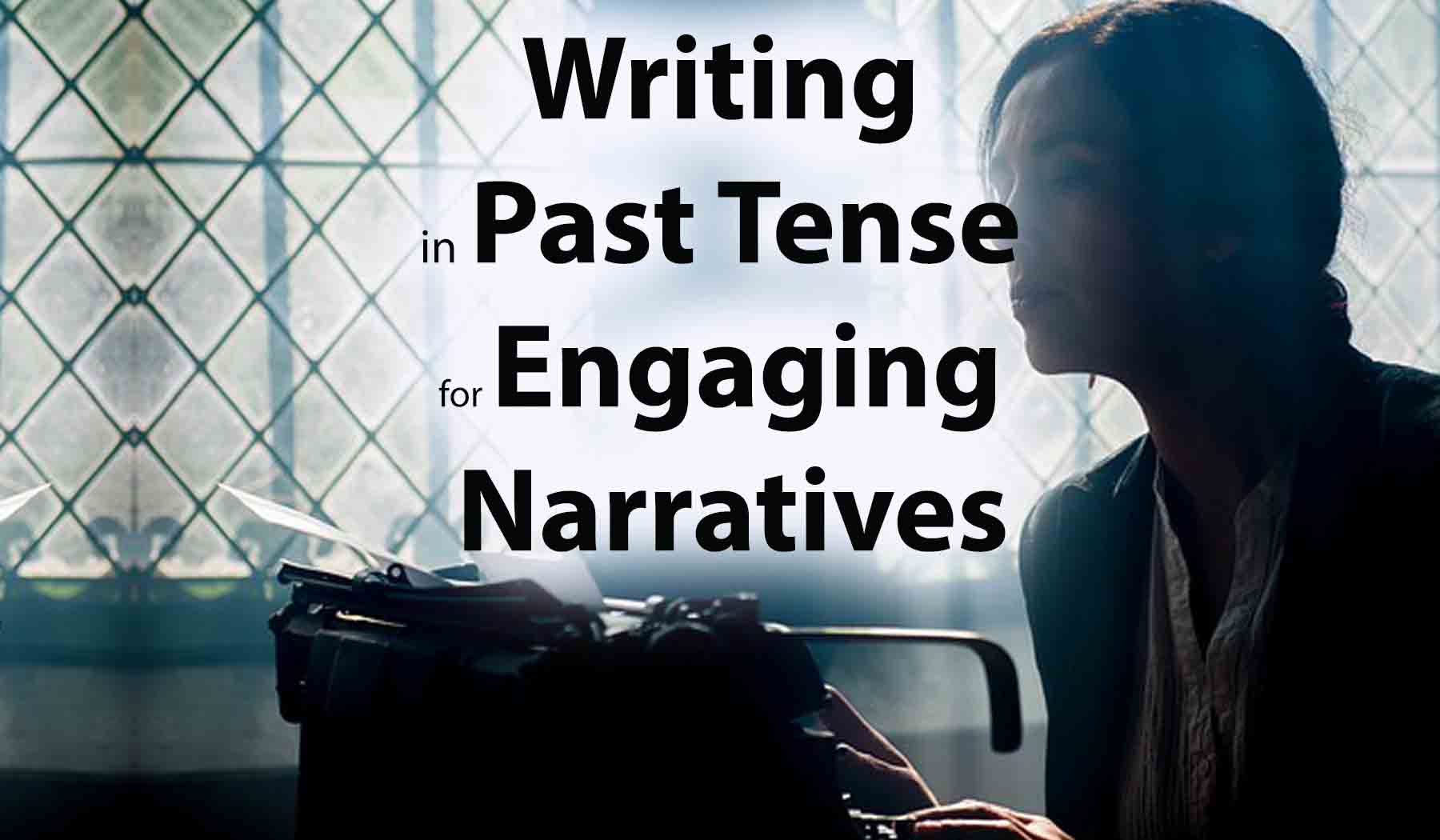Writing in the past tense is a fundamental skill for any writer.
Whether you’re crafting a gripping story, a historical account, or a reflective piece, mastering the past tense is crucial for engaging your readers and bringing your narrative to life.
In this comprehensive guide, we will delve into the ins and outs of writing in the past tense, offering valuable tips and tricks to enhance your storytelling abilities.
Understanding the Past Tense
Before we delve into the nuances of using the past tense effectively, let’s first grasp its essence.
The past tense is a verb form used to describe actions or events that have already happened, making it ideal for recounting past experiences, historical events, or fictional narratives set in the past.
Why Use the Past Tense?
The past tense is widely employed in various writing contexts for several reasons:
- Chronological Clarity: Using the past tense helps readers easily follow the sequence of events and understand the timeline of your story.
- Immersive Storytelling: By adopting the past tense, you create a sense of immediacy, making readers feel like they are witnessing events as they unfold.
- Historical Accounts: When documenting historical events, the past tense is the natural choice, as it conveys a sense of authenticity and objectivity.
- Consistency in Narration: Most fictional narratives are written in the past tense to maintain a consistent perspective throughout the story.
Forming the Past Tense
In English, the past tense is primarily formed by adding “-ed” to the base form of regular verbs.
However, irregular verbs follow unique patterns. Here’s how to form the past tense for different types of verbs:
- Regular Verbs: Add “-ed” to the base form of the verb. For example: walk → walked, talk → talked.
- Irregular Verbs: Irregular verbs do not follow the standard “-ed” pattern. Their past tense forms must be memorized. For example: go → went, eat → ate.
Using the Past Tense in Different Writing Styles
Writing styles often dictate the usage of the past tense. Here’s how to effectively apply the past tense in various contexts:
- Narrative Writing: Most narratives, whether fiction or non-fiction, are written in the past tense. It helps create a sense of storytelling that captivates readers.
- Descriptive Writing: In descriptive passages, the past tense is used to describe past experiences or events, painting vivid pictures in readers’ minds.
- Academic Writing: In historical essays or research papers, the past tense is employed to discuss past findings or events.
Avoiding Common Mistakes
When writing in the past tense, writers may inadvertently make some errors. Here are some common mistakes to avoid:
- Mixing Tenses: Ensure consistency by sticking to the past tense throughout the narrative. Avoid shifting between past and present tense.
- Overusing “-ed” Adjectives: While regular past tense verbs end in “-ed,” overusing “-ed” adjectives can make the writing feel monotonous. Employ a variety of verbs to add depth to your narrative.
- Failing to Convey Emotions: The past tense should not hinder the expression of emotions. Engage readers by using powerful adjectives and well-crafted descriptions.
Exercises to Hone Your Past Tense Writing
To enhance your past tense writing skills, try these exercises:
- Write Flash Fiction: Craft short stories in the past tense, focusing on engaging plots and well-rounded characters.
- Journaling: Maintain a past-tense journal to recount your daily experiences, honing your ability to capture details and emotions in the past tense.
- Rewrite Historical Events: Practice rewriting historical events or stories in the past tense, imagining yourself as an eyewitness.
Mastering the Past Tense is a Valuable Asset for Any Writer
By understanding the nuances of using the past tense, avoiding common mistakes, and practicing regularly, you’ll elevate your writing to new heights and leave a lasting impression on your readers. So, start honing your past tense skills today and watch your storytelling prowess flourish!







